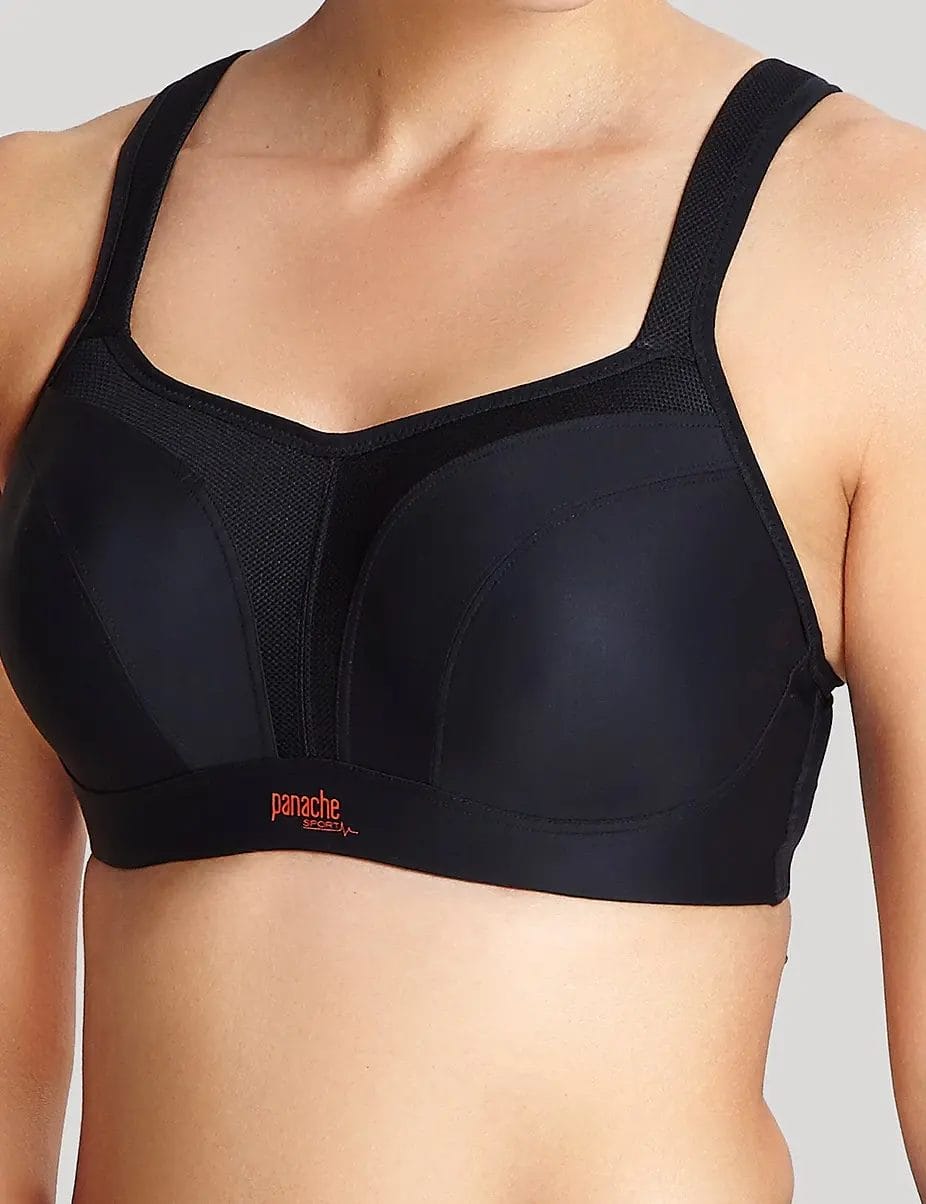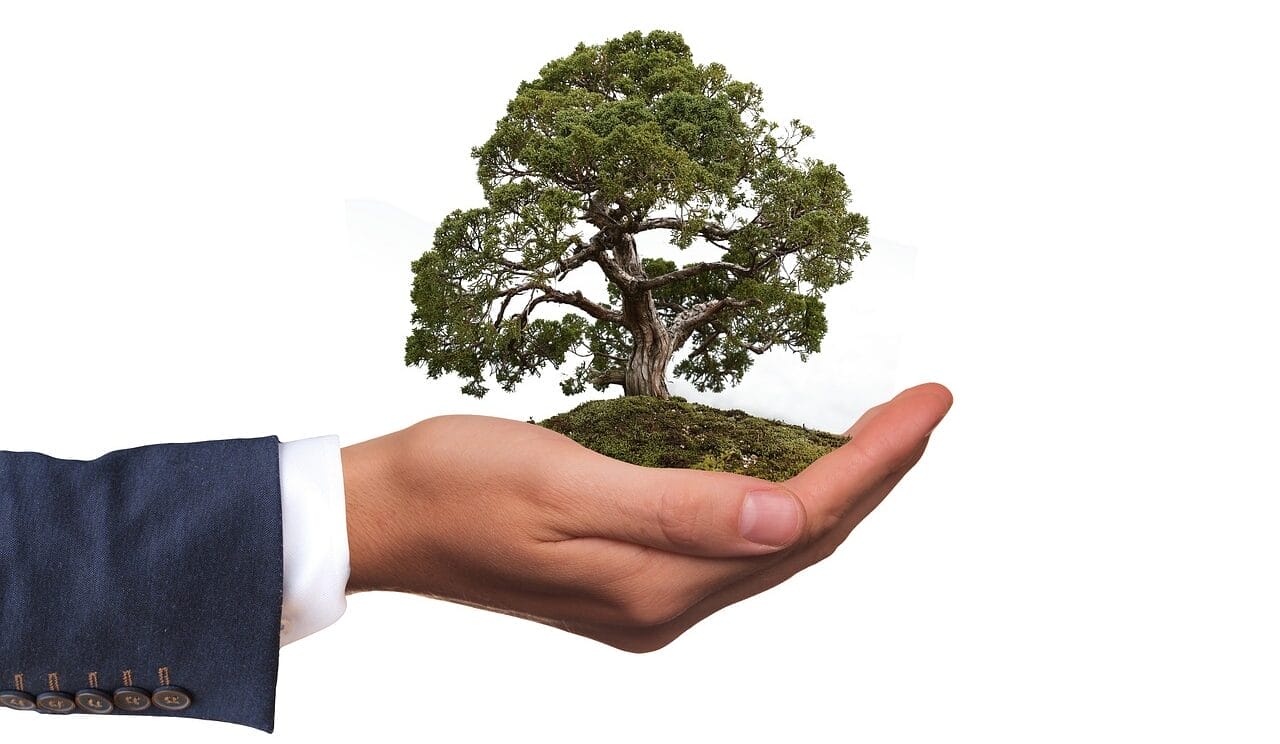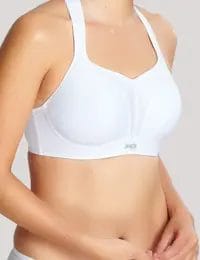Buying Bras: A Guide for UK Women. Finding the perfect bra can seem like an impossible task. With so many sizes, styles, and brands to choose from, it’s easy to feel overwhelmed when bra shopping. However, with some knowledge about bra sizing, support levels, and features, you can learn to buy bras that fit comfortably and look great. This guide covers everything you need to know about finding your ideal bra as a woman living in the UK.
Getting Your Correct Bra Size.
The first step to buying a well-fitting bra is determining your accurate bra size. Many women wear the wrong size bra, which can cause discomfort, poor fit, and a lack of support. Your bra size has two components: the band size and the cup size.
- Band Size: The band size refers to the circumference of your ribcage just below your breasts. To measure your band size:
- Wear a non-padded bra.
- Use a soft measuring tape.
- Wrap the tape round your torso at the level of your underbust.
- Make sure the tape sits parallel to the floor and fits snugly without digging in.
- Round the measurement to the nearest whole inch.

If the measurement is even, that is your band size. If it’s odd, add 1 inch to determine your band size. For example, if your underbust measures 30 inches, your band size is 30. If it measures 33 inches, add 1 to get a band size of 34.
The band should fit very snugly on the loosest hooks when new. As the bra stretches out over time, you can tighten it on the tighter hooks.
- Cup Size: The cup size is based on the difference between your band size and bust measurement. To calculate yours:
- Measure around the fullest part of your bust.
- Subtract your band size from this bust measurement.
- The difference determines your cup size.
Each inch of difference represents a cup size. For example, if your underbust is 30 inches and bust is 36 inches, the 6 inch difference equates to a D cup. Refer to a bra size chart to match your measurements to a cup letter.
Cup sizes are proportional to the band size. A 30D will have smaller cup volume than a 36D. Cup sizes only have meaning in the context of a band size.
Common Bra Sizing Systems.
There are a few main sizing systems used by UK bra brands:
- Standard: This is the most common sizing system. It includes band sizes 28 to 40 and cup sizes A to G. DD is used instead of E to avoid confusion with D cups. Larger cup sizes go up to a J or K cup.
- +4 Method: Some brands still use the outdated +4 sizing method. With this system, 4 inches are added to the underbust measurement to determine band size. So if your underbust is 30″, your band size would be 34″. This leads to an overly loose band and poor fit. Always check the sizing charts and fit the band to your actual underbust measurement.
- Small Back + Cup: Petite women can find bras sized 26 to 38 AA to E. Half cup sizes are also available. These bras are proportioned for smaller frames.
Bra Styles.
With your proper size determined, you can start shopping for bras by style. Different styles offer varying levels of coverage, shape, and functionality. Consider what you want from your bras when choosing between styles.
- Full Cup: Full cup bras fully encase the breasts for maximum coverage and support. They feature sides that come up high under the arms as well as wide set straps and a high centre gore. The cups are shaped with depth at the underwire and full coverage at the top. Full cup bras are versatile under many necklines.
- Demi Cup: Demi cup bras have cups with a horizontal line of stitching across the top edges. The cups only cover about half the breast and create cleavage with a plunging neckline. Demi bras usually have wide-set straps and a low centre gore.
- Balconette: Similar to demi bras, balconette bras have horizontal-lined cups that show some cleavage. The cups are lifted to display more of the breast upper half. Many balconette bras have minimal fabric at the sides and centre gore.
- Plunge: A plunge bra has cups that are closely set in the centre and joined by a very low centre gore. The low bridge between the cups allows for low-cut necklines without the bra being visible. Plunge bra straps may be set wide or more traditionally close-set.
- Push-Up: Push-up bras use underwire and padding to lift the breasts and push them inwards and upwards. This creates the illusion of larger breasts and enhanced cleavage. The padding is often removable. Look for graduated push-up pads that are thicker at the bottom to better lift the breasts.
- T-Shirt Bra: T-shirt bras create a smooth, seamless look under clothing. They have features like:
- Light foam, lined cups to prevent show-through
- Wide sides and sides that come up high under the arms
- Wide-set straps
- Modest centre gore height
T-shirt bras prevent the outline of the cups being seen under tops. Many also have seamless edges to remain invisible under shirts.
- Strapless Bra: As the name suggests, a strapless bra has removable straps so it can be worn without straps. It relies on an extra-snug band and structured cups with underwire to stay in place. Boning, silicone strips, grippy fabric along the band and wings, and convertible/multi-way straps also help keep these bras up.
- Sports Bra: Sports bras minimise breast movement during activity. Compression-style sports bras flatten the breasts against the chest using stretch fabrics like spandex. Encapsulation-style bras cup each breast individually for support and shape. Look for wide straps, racerback/T-back options, and breathable performance fabrics.
- Bralette: Bralettes provide light support and coverage without restrictive wires or hardware. Modern bralettes come in many stylish designs with details like mesh, lace, strappy backs, and cut-outs. Comfortable for daily wear or lounging, bralettes are a versatile bra option.
- Nursing/Maternity Bra: Nursing bras allow for easy breastfeeding access through drop-down cups or flaps. The cups are expandable and stretchy to accommodate fluctuations in bust size during pregnancy and nursing. Sleep bras, hands-free pumping bras, and bras with underwire or moulded cups are also available for breastfeeding mums.
Bra Features.
Beyond the general style, there are some other features that may factor into choosing the perfect bra:
- Underwire: Underwire bras have a wire channel sewn into the underside of the cups for structure and support. The wires lift the breasts and define the shape. Look for full perimeter underwires that follow the cup all the way to the straps and centre gore for even support.
- Padding: Padded bras have lining or foam built into the lower portion of the cups to add shape and definition. Lightly padded bras give a subtle lift while heavier padding creates more cleavage. Removable pads allow you to adjust the level of enhancement.
- Shape: Full figure bras often have side slings pulling from the back band to the cups for extra support and rounded shape. Side and inner slings also bring breasts towards the centre for cleavage and lift. Side panels create forward projection.
- Fabric: Breathable fabrics like cotton, microfibre, and mesh keep you cool and dry. Lace adds a pretty feminine touch while also allowing ventilation. Seamless styles prevent chafing and show-through under clothes. Look for soft combed cotton linings against the skin for comfort.
- Straps: Thicker bra straps stay in place better on the shoulders without digging in painfully. Adjustable straps customise the fit. Full stretch straps with minimal hardware also boost comfort. Padded straps cushion pressure points. Options like cross-cross, T-back, racerback, and halter allow versatile styling.
- Closure: The most common bra closures are hook-and-eye rows or sliding rings at the back band. Front-close bras allow you to fasten the cups together without contorting your arms behind your back. Some pull-on bras have no closure.
- Lining: Breathable cotton linings keep skin dry and comfortable within the cups. Cotton also protects delicate materials like lace from absorbing body oils and perspiration. Look for bras fully lined in soft cotton for sensitive skin.
Where to Buy Bras in the UK.
You can buy bras from many retailers across the UK. Well-known options include department stores, specialist lingerie shops, online stores, supermarkets, direct from brands, and independent boutiques. Wherever you choose to shop, be sure to get properly fitted for each new style and brand you try to find your best fit. One recommended online shop for buying a bra online where you need a wide selection of bras is Uplifted Lingerie.
Tips for the Perfect Bra Fit.
Follow these tips when trying on bras to determine the optimum fit for your body:
- The centre gore should lie flat against your sternum without floating or pressing in. If not, the cup size is likely too small.
- Breast tissue should not bulge from the top or sides of the cup. Spillage indicates the cups are too small. Gaping can mean cups are too big.
- Cups should fully encase your breasts without digging in or wrinkling at the top. Smooth fabric indicates a good fit.
- Underwire should sit against the underside of your breast tissue without poking or pressing painfully into the ribcage.
- The band should fit snugly on the loosest hooks and not ride up the back. You should be able to slide two fingers under a new bra band.
- Straps should sit comfortably on your shoulders without slipping or cutting in. Tighten straps to lift the cups if needed.
- Move around in the bra. Bend forward, lift arms up, and reach back to see if everything stays stable or shifts around. The bra should move with you.
Buying bras without a proper fitting increases the chances of getting the wrong size or style. Do not hesitate to ask sales assistants for help selecting and adjusting bras to find your perfect fit.
Common Bra Fitting Issues.
Some common bra complaints include:
- Band riding up
Causes:
- Wearing the bra on the loosest hooks
- Band size too big
- Cups too small
Solutions:
- Tighten the band by moving to tighter hooks
- Try a smaller band size
- Size up in the cups
- Straps falling down
Causes:
- Straps too loose
- Cup size too big
Solutions:
- Adjust straps tighter
- Shorten straps
- Size down the cups
- Cups gaping
Causes:
- Cup size too large
- Cups shallow for breast shape
- Wearing the incorrect size
Solutions:
- Try a smaller cup size
- Find bras with deeper cups
- Get a proper fitting
- Spilling over cups
Causes:
- Too small cup size
- Cups too shallow
Solutions:
- Go up a cup size
- Look for larger cups with more coverage and depth
- Poking underwires
Causes:
- Incorrect cup size
- Underwires sitting on breast tissue
- Wrong shape cups
- Faulty underwire
Solutions:
- Make sure you’re wearing the right size
- Try a different cup shape and size
- Check underwire lies flat against ribcage
Caring for Your Bras.
Follow these tips to keep bras looking and fitting their best:
- Hand wash in cool water using a mild detergent or special lingerie wash. Avoid hot water or fabric softener.
- Never put bras in the washing machine or dryer. The agitation and heat destroy elasticity.
After rinsing, lay bras flat on a towel to dry. Reshape cups while damp if needed. - Don’t wring bras out – just gently squeeze excess water. Hang bras by the centre gore, not the straps, while drying.
- Store bras folded in drawers, stacked in compartments, or hung on designated lingerie hangers. Don’t bunch them tightly.
- Only apply non-aerosol deodorant after clasping your bra to avoid spray build-up along cup edges and hardware.
- When sewing, stitch through the outer fabric only. Don’t stitch through elastic or hardware to avoid distorting the bra.
- Hand wash bras after every 3-5 wears. The heat and sweat of your body degrades materials over time.
- Don’t sleep in your bra. Give the band and cups a rest overnight when possible.
- When travelling, pack bras lightly rolled instead of folded to help wires retain their shape. Or use a bra travel case.
- Proper care preserves the fit, support, and life of your bras. With some TLC, a quality bra should last around a year before needing replacement.
Choosing the Right Bra for Outfits.
Picking the right bra for different outfits helps you look polished from top to bottom. Some style tips:
- Under a loose tee or blouse, try a moulded cup T-shirt bra to remain seam-free and invisible
- For low or open backs, look for bras with multi-way straps that allow custom configurations
- Pair full coverage bras with deep or scoop necklines to prevent exposed skin
- Sheer tops work with seamless bras or pretty lace bralettes meant to peek through
- Low-cut dresses and tops need plunging bras to remain hidden
- With racerback tanks, choose a bra with convertible straps that can be crossed
- For strapless dresses, use silicone stay-put strips and band grippers instead of convertible straps
- Sports bras paired with gym clothes keep you supported during sweat sessions
- Soft, unlined bras are comfortable under PJs, lounge sets or while relaxing at home
- Nursing bras under button-downs allow easy breastfeeding access
Having bras suited for each outfit makes getting dressed effortless. As your wardrobe and ensembles change with trends, re-evaluate your bra collection to match. A variety of cuts, colours, and styles ensures you have the right bra for every look.
Eco-Friendly and Ethical Bra Shopping.
Today more brands offer bras made sustainably and ethically. Some things to look for include:
- Organic materials like bamboo, hemp, soy and modal fibres
- Recycled fabrics from materials like plastic bottles and textile waste
- Natural dyes from sources like plants, minerals, and insects
- Fair trade factories with safe, ethical working conditions
- Local production reducing the environmental impact of transport
- Vegan materials not derived from animals
- Biodegradable packaging and tags
- Donations to women’s charities from bra sales
- Certifications like Fairtrade, GOTS (Global Organic Textile Standard), and OEKO-TEX confirming responsible manufacturing

Seeking out eco-conscious brands allows you to shop mindfully. Many independent bra makers focus on sustainability and ethical production.
The Importance of Proper Bra Fitting.
While the wide range of sizes, styles, and options available can seem daunting when you start bra shopping, getting your correct fit makes all the difference. The right size and proportions will make your bra feel like a comfortable second skin instead of a necessary nuisance. Follow these steps and tips to find your perfect fit:
- Determine your true bra size with proper measuring. Do not rely on old sizing or guessing.
- Try styles in your exact size before judging fit. Cups and bands vary between brands.
- Focus on how the bra fits and supports, not just how it looks. The most flattering bra will be unnoticeable under clothes when fitted right.
- Enlist the help of bra fit experts at department stores and boutiques. Do not hesitate to ask for help adjusting bands and straps until a bra suits your body.
- Take your time studying yourself in different sizes of the same bra before purchasing. Fit can vary across every style.
- Learn the signs of good bra fit like smooth fabric without bulges or gapping and bands staying put without straps slipping.
Finding well-fitting, supportive bras may take some trial and error. But the payoff is well worth it. A tailored bra fit promotes good posture, comfort, and confidence as you go about your daily life.
Hope you’ve found our article, Buying Bras: A Guide for UK Women useful.
Thank you for taking the time to read my post. If you’d like to add a comment or thought on this post, please use the comments section below. I can also be contacted via the online contact form. Keep up to date with the latest news on social media.

